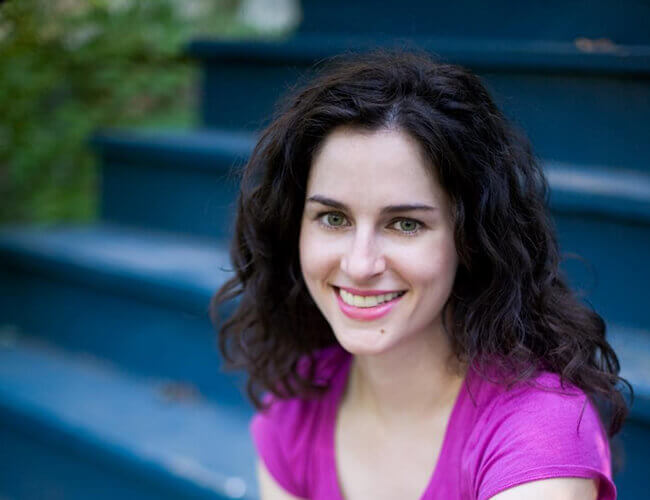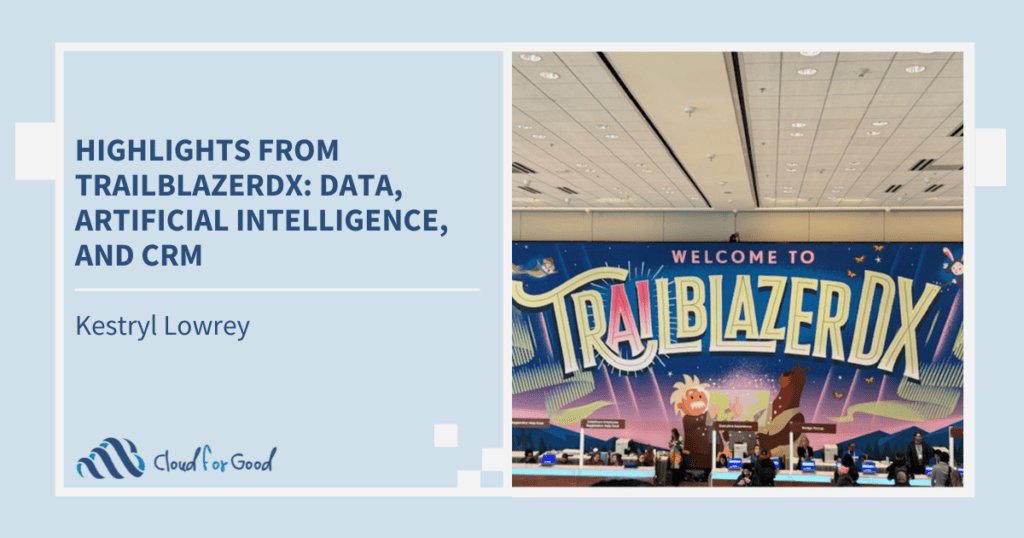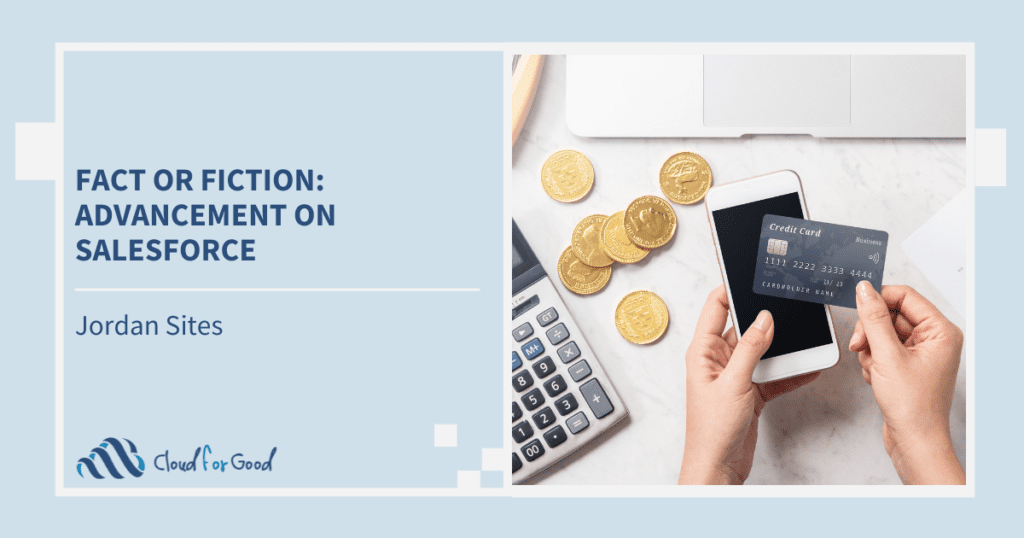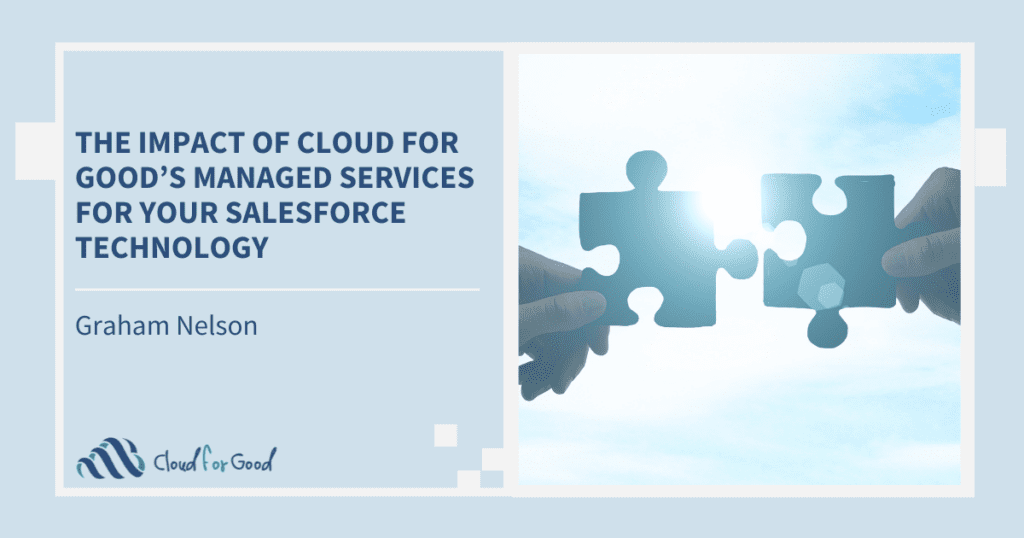Customer Voice: Blog post by Jessica Besser-Rosenberg, Director of Research & Communications, One Million Degrees.
If we all joined the circus tomorrow, what would happen?
This is a question I often pose to my colleagues at One Million Degrees (OMD) when thinking about organizational infrastructure and longevity. OMD is a student support organization dedicated to empowering low-income community college students to succeed in school, in work and in life. Since our founding in 2006, we’ve helped hundreds of community college students achieve their degrees, prepared to enter the workforce or a four-year university or college. And we’ve grown our program each year. As we continue to grow, we are looking inward to ensure that we have the systems in place to expand intelligently.
Last year, we took on the formidable task of overhauling our database, or more accurately, our five databases. We were using Microsoft Access and Excel to manage our student and volunteer information. We managed the student application process (whereby applicants apply to become OMD Scholars) through an online form tool which did not integrate with our students databases. We also maintained two separate databases for donor and event data, and a communications database for mass emailing. All of this added up to tremendous data replication, hundreds of hours of staff time spent cleaning and managing the data, and a system that presented a barrier to smart growth.
As the Director for Research and Communications, it was my job to find someone who could help. That’s when I found Cloud for Good (C4G), who came highly recommended from a number of well regarded nonprofits. C4G worked with us over four months to move One Million Degrees over to a customized Salesforce For Nonprofit database. C4G customized Salesforce so that it met our data management needs, and ensured that all of our program, donor, communications, and event information was in one place. C4G lead us through the data migration phase with ease. Furthermore, they built an application portal, which integrates with Salesforce so we no longer have to spend hundreds of hours cleaning applicant data. We also rely on C4G for ongoing training and support.
There were a few lessons I learned along the way. Before centralizing your data, here are four tips to consider:
1. Undergo a discovery phase. This is where your database developer explores the ins and outs of your organization and identifies challenges you are trying to solve within data management. Yes, money is tight for nonprofits. But the cost of completing a discovery phase (which was very affordable with C4G) saved us time and resources later on.
2. Identify where you have replication of data so that you’re not importing the same data multiple times. This can save a lot of time and money when you begin migrating your data.
3. Be prepared to take a long hard look at the value of all your data. The data migration process pushed us to ask ourselves “Why are we collecting this information, and do we really need it?” Just because we had been tracking something for years does not necessarily mean we should continue to do so.
4. Change is hard. Involve your staff from the beginning around selecting the best data management solution for your organization. Provide your staff with how-to manuals and trainings, and check-in about challenges they are facing with data. It helps create buy-in.





